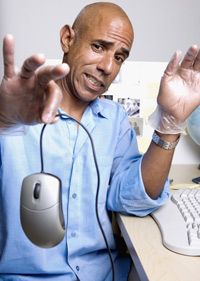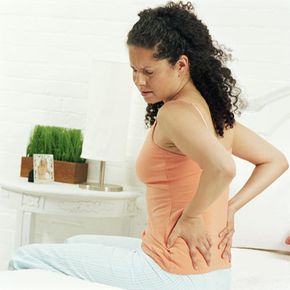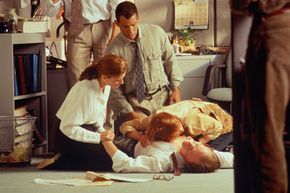When the aliens come down from outer space to colonize Earth and imprison all humans, they might be surprised and confused by how humans live their lives. Day after day, we wake up at ungodly hours and put ourselves through long and dangerous commutes, all to sit in a death trap for upwards of eight or nine hours. And what is this death trap? Why, it's the innocuous-looking cubicle, home to about 40 million working North Americans [source: Newsham]. And all of them face death each and every day to do their jobs.
Maybe you think death is too strong of a word; after all, the typical cubicle dweller doesn't do anything dangerous on a regular basis. It's not as if desk jockeys are out fighting fires, defusing bombs or crab fishing in Alaska. But these workers do face health risks above and beyond staff meetings so boring they'd make anyone want to swallow staples one by one. Your health can be largely dependent on your environmental comfort, which is determined by whether your immediate space meets basic physical, functional and psychological needs [source: Vischer]. As we'll see in this article, the cubicle fails on all three counts.
Advertisement
The modern-day cubicle was denounced by the man who actually created it, Robert Propst. Cubicles were unveiled in 1968 as a way to increase office productivity. Propst believed that a workspace with plenty of shelving and increased surface area would give office drones more room to work; partitions could be used to pin up projects and to provide the privacy lacking in earlier open offices [source: Schlosser]. The original plan also called for adjustable desk levels so that workers could spend some time standing up.
But economics got in the way of Propst's dream. As office space costs climbed, cubicles were used to maximize real estate and inexpensively cram a lot of people into one area. Instead of being the flexible units that Propst envisioned, cubicles became rows of cages that slow productivity and even threaten our health. At work, where we're so often encouraged to think outside the box, we're trapped in one.
Read on to find out just how your cubicle might be killing you, and if there's any hope at all in this deadly epidemic. On the next page, we'll consider why you might want to snag a few toilet liners for your desk.
Advertisement






